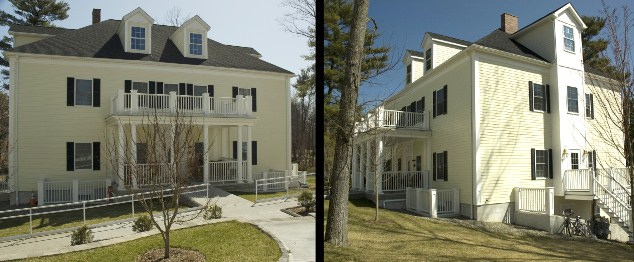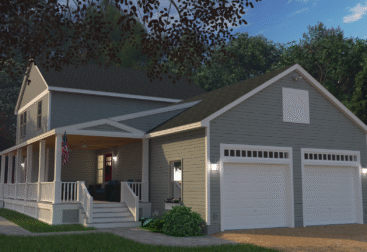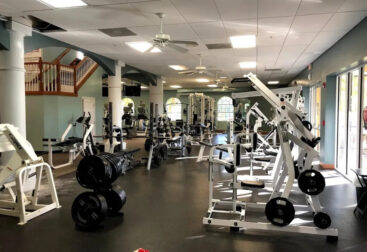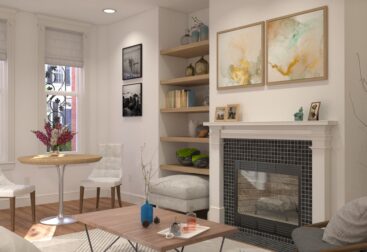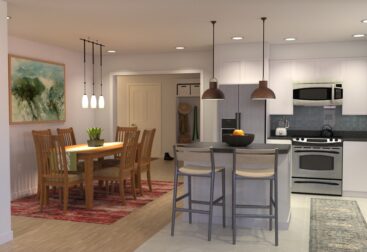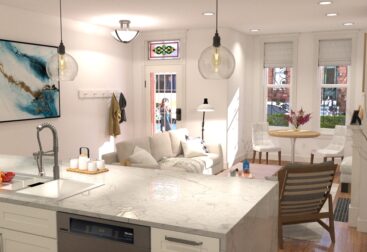Colonial architecture has a timeless presence in American neighborhoods. Its symmetry, gabled roofs, and simple proportions carry a sense of permanence and familiarity. But while many homeowners admire the style, they don’t want to live in a museum piece. The challenge—and opportunity—is how to honor tradition while creating a home that supports the way we actually live today.
That’s where neo-colonial design comes in. It takes the recognizable DNA of the colonial style and adapts it for modern life.
Why Tradition Still Matters
Colonial architecture endures because of its clarity and balance. The proportions are comfortable. The facades are human-scaled. These homes feel rooted, not trendy, which makes them attractive for families who want a house that will age gracefully in its neighborhood.
An architect’s role is to preserve those strengths while eliminating the weaknesses—narrow kitchens, compartmentalized layouts, limited storage—that don’t match contemporary living.
Modern Life, Traditional Form
The inside of a modern neo-colonial home looks very different from its predecessors. Behind the traditional facade, you’ll often find:
-
Open first-floor layouts that connect kitchen, dining, and living spaces for easy entertaining.
-
Multi-generational suites that provide flexibility for guests, parents, or older children.
-
Dedicated home offices—a necessity for today’s work-from-home culture.
-
Efficient storage and mudrooms that solve daily functional needs.
The exterior reassures the neighborhood, while the interior delivers comfort and practicality for the homeowner.
Adapting to the Site
A successful neo-colonial design isn’t just a set of stylistic gestures—it’s rooted in its site. On a wooded or conservation-adjacent lot, for example, the restrained form of a colonial silhouette can be paired with larger windows and porches to embrace natural surroundings without breaking character.
Here, the architect balances respect for tradition with the unique opportunities of the property.
Building for the Long Term
The biggest advantage of neo-colonial design is longevity. These homes don’t chase trends; they anchor a neighborhood. But when the interior is thoughtfully designed for flexibility, the house adapts as life changes—accommodating children, aging parents, or future buyers with different needs.
That’s lasting value: a home that feels both classic and current, with a design that doesn’t need reinvention every decade.
Final Thoughts
Neo-colonial design is less about nostalgia and more about balance—using a familiar architectural language while delivering a lifestyle that’s unmistakably modern.
If you’re considering a new home and want the best of both tradition and innovation, let’s talk. Please contact me—I’d be glad to show how thoughtful design can make a colonial style house truly yours.

